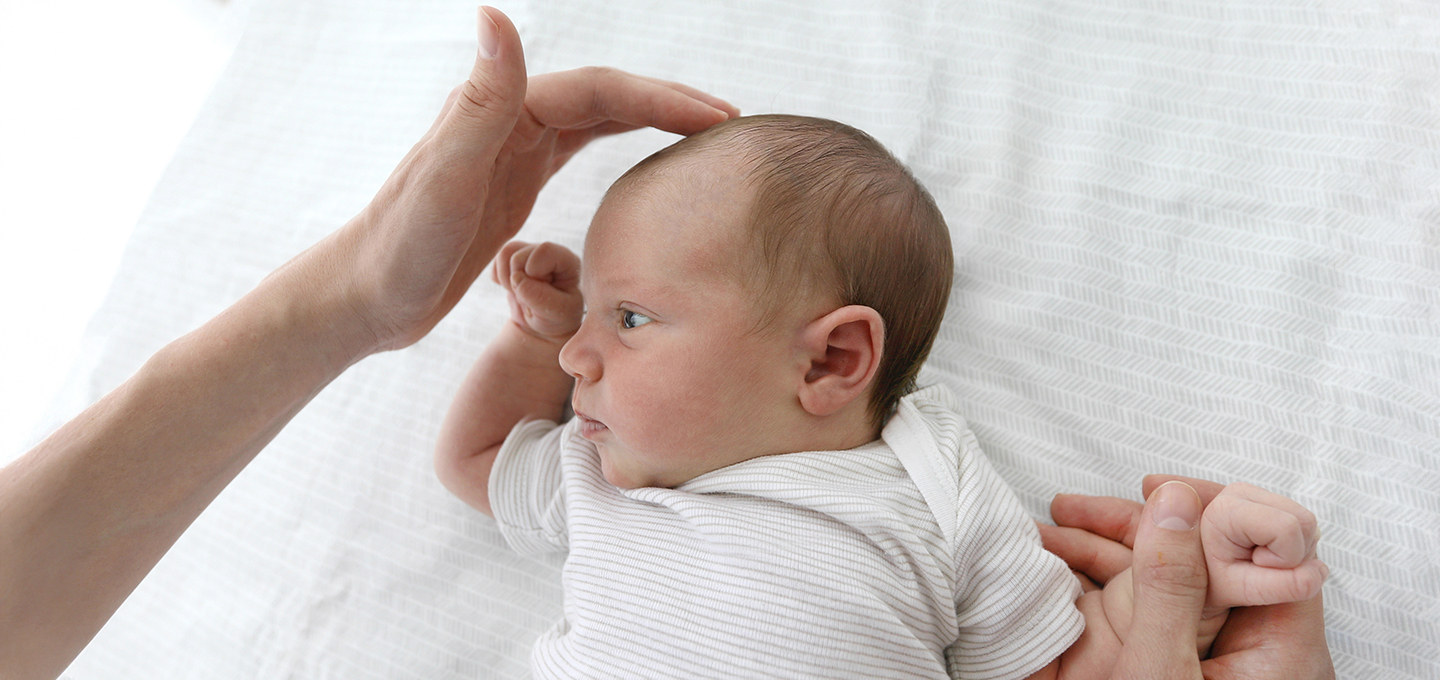
All About Baby Growth Spurts: Signs, Timing, & Support


Your newborn will grow rapidly in the first few months, and you may even feel like they’ve grown overnight! Keep reading to learn all about baby growth spurts—what they are, the signs to look out for, and how to help your little one through these exciting changes.
What Are Growth Spurts?
A growth spurt is a period of rapid development when your baby grows significantly in a short amount of time. It may even feel like your infant or toddler has suddenly grown overnight.
Growth in length (height) and weight are the two most noticeable signs during these periods. In the first year, babies generally gain about 10 inches (25 centimeters) in length and triple their birth weight. Your baby’s head also grows rapidly, particularly in the first four months, reflecting essential brain development.
While babies tend to grow at a steady pace, there will likely be phases of newborn growth spurts and toddler growth spurts that may seem intense and sudden.
When Do Babies Have Growth Spurts?
Most babies lose around one-tenth of their birth weight in the first five days after birth usually regaining it within the following week. After this initial phase, you may notice your newborn growing rapidly, with a growth spurt often occurring between 3 to 6 weeks. Most babies typically gain an ounce of weight per day. However, when babies go through growth spurts it may vary widely, as each child’s development is unique. If you have any questions or concerns about your baby’s growth, consult your baby’s healthcare provider. For toddlers, growth spurts are less frequent. Around age 1, growth generally slows, and by age 2, children begin growing at a more steady rate that continues until the major pre-puberty growth spurt ages. Girls often experience this spurt between the ages of 8 and 13, while boys commonly have it between 10 and 15. You may want to track your baby’s growth spurts in our Baby Growth Chart Calculator to see how quickly your little one is growing.
What Are the Signs of Baby Growth Spurts?
You may be wondering if there are any signs of a growth spurt to look out for. Here are a few things you may observe just before your little one shoots up a size:
How to Support My Baby's Growth Spurt
If you recognize some of the signs above and think your little one might be entering a growth spurt, here are a few ways to support them during this period:
If you notice your baby’s growth has slowed or stopped for a while, this could simply be a pause before a future spurt—each baby grows at their own pace.
How Long do Growth Spurts Last?
Growth spurts in babies are generally brief, often lasting up to three days. During this time, you might notice increased hunger, changes in sleep, and occasional fussiness as your baby grows quickly. While each growth spurt is unique, these short, intense periods are usually followed by steadier growth. Remember that these bursts are a normal part of development and can vary in timing and length for each child.
What Happens After a Growth Spurt?
After a growth spurt, babies typically return to steadier patterns in feeding, sleep, and behavior. As mentioned before, for toddlers, growth spurts become less frequent. Around age 1, growth naturally slows, and by age 2, children begin growing at a steadier rate.
FAQS AT A GLANCE
You may see growth spurts in the first two weeks of your little one’s life, and then again when they’re around 3 to 6 weeks old. However, after 1 year of age, growth will continue at a slower pace and your child may not have a growth spurt until they’re approaching adolescence.
The Bottom Line
All parents look forward to watching their baby grow, but don’t be surprised if it feels like your little one has grown overnight during a growth spurt! You might notice signs beforehand, like increased hunger or a bit more fussiness, or your baby may suddenly seem to go up a size without any clear warning.
Growth spurts are a normal part of the first few months, so there’s no need for concern. If your baby seems hungrier or crankier, you may soon wake up to a bigger, thriving baby. To support you during each growth milestone, check out the Pampers Rewards app for access to exclusive discounts and digital offers as you shop for essentials.
- Cleveland Clinic. "Growth Spurts."
- Happy Family Organics. "Diarrhea and Constipation in Breastfed Children."
- Healthy Children. "Calming a Fussy Baby."
- Kids Health. "Child’s Growth."
- Kids Health. "Your Baby's Growth: 2 Months."
- Medline Plus. "Fussy or Irritable Child."
- Merriam Webster. "Growth Spurt."
- NCBI. "Infant Growth in Length Follows Prolonged Sleep and Increased Naps."
Read more about Baby
Related Articles
Join a World of Support
through Pregnancy and Parenthood.
TRACK WITH TOOLS
LEARN WITH EXPERTS
GET REWARDED














